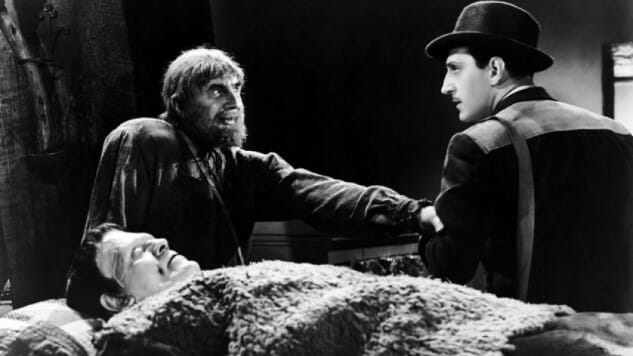The Best Horror Movie of 1939: Son of Frankenstein

This post is part of Paste’s Century of Terror project, a countdown of the 100 best horror films of the last 100 years, culminating on Halloween. You can see the full list in the master document, which will collect each year’s individual film entry as it is posted.
The Year
After one of the driest periods in the history of horror cinema, from 1936-1938, the floodgates finally open in 1939, spilling forth all those pent-up cinematic nightmares. The unprecedented success of the re-release double bill of Dracula and Frankenstein in 1938 convinced Universal that there was more blood to be had from this particular stone, so they put Son of Frankenstein into production right away. That film, fortunately enough, turned out to be a classic, standing alongside Bride and the original Frankenstein as the third chapter in a near-perfect trilogy. More on that below.
-

-

-

-

-

-

-

-

-

-

-

-

-

-

-

-

-

-

-

-

-

-

-

-

-

-

-

-

-

-

-

-

-

-

-

-

-

-

-

-








































